With International Women in Engineering Day being just two days before Friday’s scheduled launch of In-Space Missions’ Faraday Phoenix spacecraft, what better time to hear from some of the women who are core to the upcoming mission, about their involvement and who their engineering heroes are.
Delivery and Operations Director, Dr Kathryn O’Donnell, has been involved with the Faraday Phoenix from its earliest stage, having managed the bid stage into the European Space Agency and co-ordinated bids / contracts for the commercial customers supporting the account leads.
Throughout the delivery phase, Kathryn’s role has included providing commercial and programmatic delivery assurance, supporting the project and service managers in particular, and working in partnership with the company’s Space Systems Director and Technical Assurance team.

Kathryn is delighted at the way In-Space Missions walks the walk with regards to diversity of the workforce and recalls one of her favourite quotes from a new engineer at In-Space Missions, who told her that it was “really refreshing to be with a company that doesn’t just promote gender diversity, but actually exemplifies and strives for it.”
Thinking about the “many scientists and engineers I’m absolutely in awe of from all time periods,” Kathryn struggles to narrow the list down! “In particular, I find the contributions from earlier female pioneers such as Ada Lovelace, Hedy Lamarr, Katherine Johnson and Mary Jackson fascinating, and I continue to be amazed by some of the more modern female pioneers we see today such as Mae Jemison, Dame Stephanie Shirley and Professor Sue Black, who all have incredible stories of resilience and passion.”
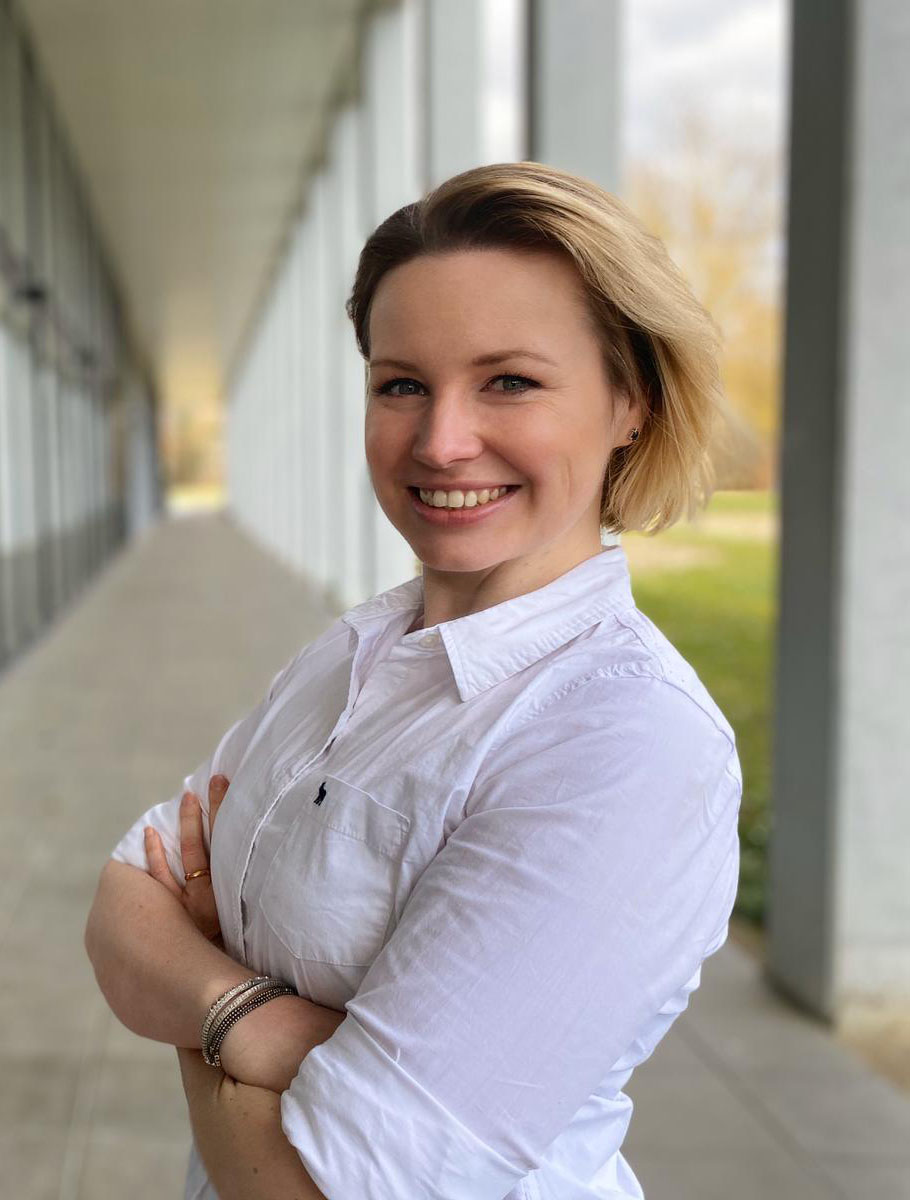
Faraday Phoenix Project Manager, Natalia Lemarquis points to her former mentor, Prof. Piotr Wolanski of Warsaw University of Technology, as her engineering hero. “He is a world-class rocket engine engineer and a pioneer of the Polish space sector, whom I was lucky to receive mentorship and guidance from,” explains Natalia. “He was a precursor of the de-orbiting missions and guided many students towards sustainable development of the space industry. As a result, his inventive and forward thinking approach inspires people across the international space community.”
Space Services Manager, Dr Amy Bartlett, is responsible for designing the processes behind the Faraday service and configuring the company’s service portal to enable delivery of the service to customers.
“My role has been to on-board our customers to the Faraday service and monitor their user experience. Faraday Phoenix is the first mission to use the service portal and associated service processes. I will be analysing the feedback from our customers, as well as the metrics gathered from using the service portal, to improve the service for future missions,” she explains.
Her interest in steam engines means Sir Nigel Gresley is Amy’s engineering hero. Sir Nigel was one of Britain’s most famous steam locomotive engineers, whose designs included Mallard, the world’s fastest steam engine.
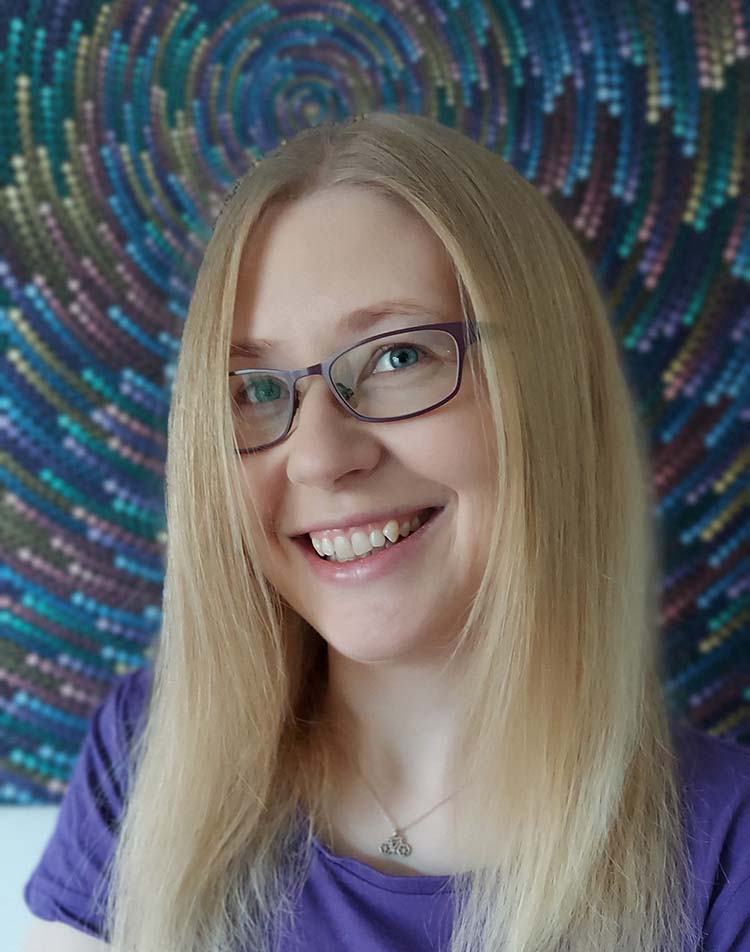
“His 100th engine was named after him – the ‘Sir Nigel Gresley’. I was lucky to ride behind it on a heritage steam railway, which was awesome. Sir Nigel is an A4 steam engine, which is the same class as Mallard. The A4s are unique, since they were inspired by Bugatti race cars and consequently look like steam trains from the future. From then on, all engines – steam or otherwise – stem from the design of the A4.
“Sir Nigel Gresley saw something from one area of engineering and applied it in a completely new area of engineering. It might not be as ground-breaking, but I like to think that applying IT service management best practices into the space industry – in the way we are at In-Space Missions – will set a new standard for service in space.”
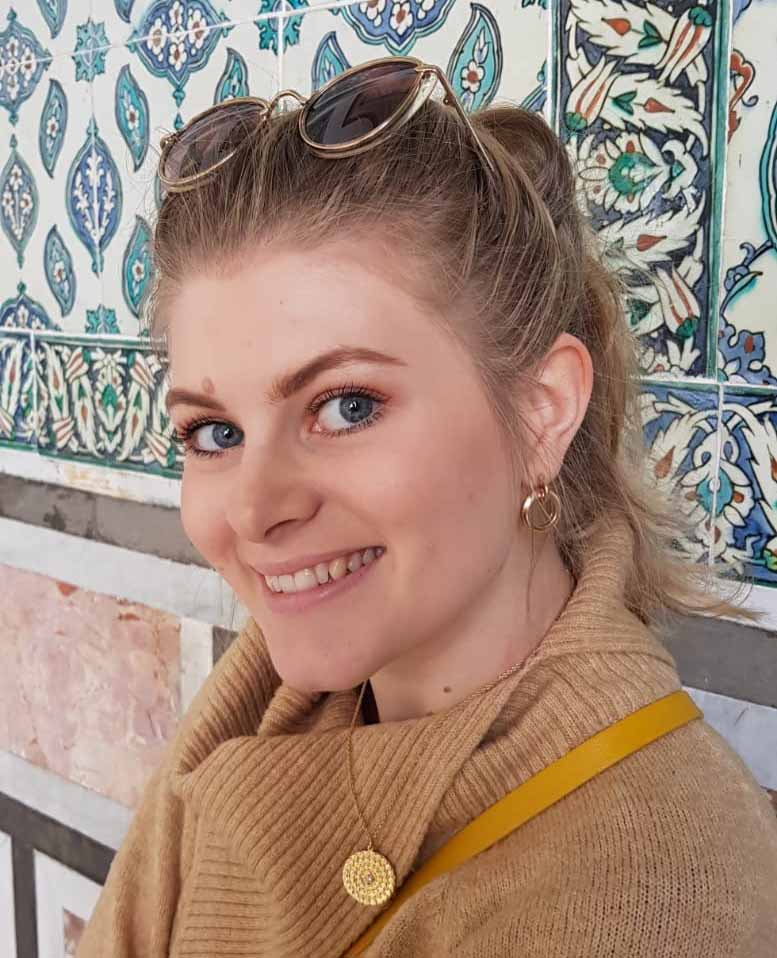
Spacecraft Operations Engineer, Hana Bird, has worked alongside the Systems Engineer and Project Manager to prepare for launch, including testing, procedure writing and planning. “Once the satellite is in orbit, I’ll be responsible for communicating with it, carrying out the crucial safety checks and ensuring the mission commissioning goes as expected.”
Hana’s engineering hero is her Grandad, “who inspired me to take on an apprenticeship when I left college and drove me down to my first ever interview. He worked as a senior engineer in the Navy and has some of the best stories I’ve ever heard. If I get to experience half as much as he did across his career, I’ll be happy!”
Principal Engineer and Head of Outreach, Dr Susan Jason, has provided technical reviews and advice into the Faraday Phoenix project. This has included reviewing mission requirements, systems engineering and product assurance for design and test activities.
When it comes to engineering heroes, Susan says: “There are too many to choose from!! There is such a range of incredible, pioneering scientists and engineers, including Valentina Tereshkova, Jocelyn Bell Burnell, Helen Sharman, Carl Sagan and Katherine Johnson.”
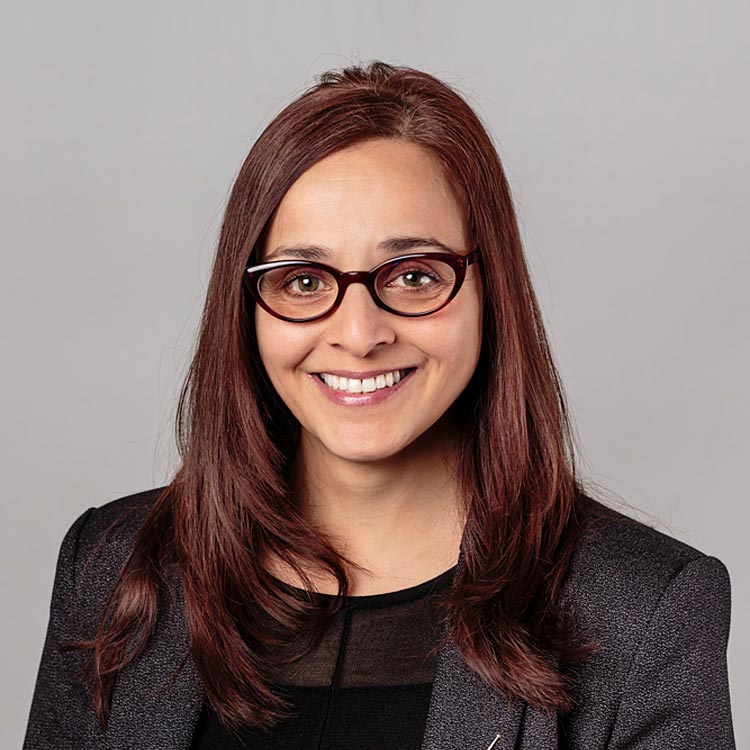
She also identifies the long-running BBC series ‘The Sky at Night’, which she started watching as a teenager, and the British Interplanetary Society, which she ultimately joined thanks to her interest in astronomy, as two “heroic institutions which opened the world of space, science and engineering to me, showing me what I could be part of – right here in the UK.”
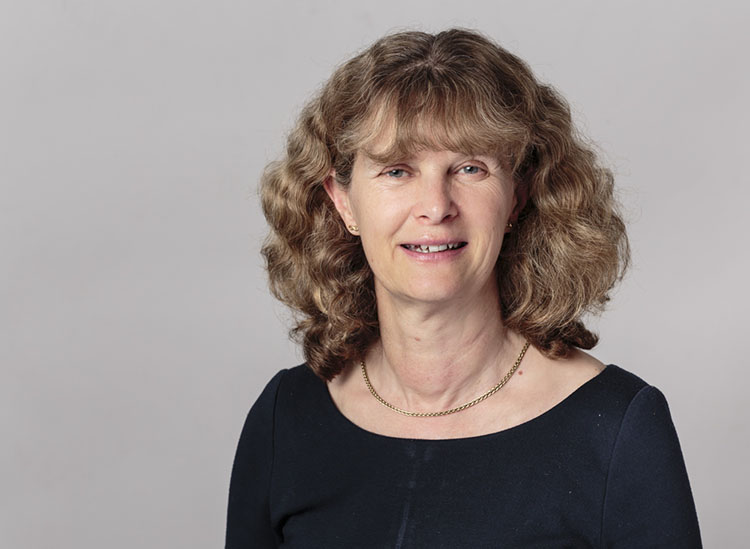
Finance Director, Sarah Parker, who has been responsible for ensuring the company has the mission funding in place and controlling the project budget, says: “My engineering hero is Sir Humphry Davy, because he refused to patent the Davy Lamp and so saved many lives without making any money from it. He also had a great influence on his lab assistant, Michael Faraday!”

Article by: In-Space Missions
Date: 24th June 2021
